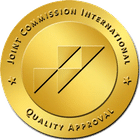Types of Addiction
Meth Addiction
Meth Addiction Treatment
At GateHouse Treatment, we make recovering from meth addiction a real possibility, no matter the severity or client history. Regarding our behavioral health therapy services, we offer an approach based on proven methodologies tailored to your specific needs. By promoting personal accountability and ways to minimize cravings, we help clients work toward sustained recovery and relapse prevention. You will benefit from essential tools and various therapies while receiving constant support every step of the way. Contact us to learn more about how our services can help you.
What is Meth Addiction
Meth, or methamphetamine, is a powerful stimulant and entirely synthetic drug, able to be made with household items or ingredients from a pharmacy. Meth is a dangerous Schedule II substance with a high potential for abuse which can lead to severe psychological and physical dependence. While very rarely prescribed for medical purposes, methamphetamines are highly addictive and carry a significant chance of withdrawal symptoms when intake ceases – usually a sign of meth addiction.
History of Meth
The development of methamphetamines began in Japan in 1919. The powder was water soluble, meaning injection was possible; this wasn’t very relevant until WWII, when soldiers used meth to help increase their stamina and keep them awake for extended periods. After the war concluded, there was a spike in abuse. In the 1950s, meth took on a role as a diet aid and antidepressant medication and became subject to abuse as a nonmedical stimulant across schools and workforces. Meth abuse continued across America relatively unregulated for the next 20 years.
In the 1970s, the U.S. government made meth illegal for almost all uses and started regulating the chemicals required to make it. Methamphetamines then became a Schedule II drug. Over the past decade, meth addiction has spiked, resulting in rehab centers compensating for the higher demand for meth addiction treatment.
Common Street Names for Methamphetamines:
- Speed
- Crystal
- Crank
- Tina
- Chalk
- Glass
- Ice
Physiology and Side Effects of Meth Abuse
The body processes meth through the central nervous system (CNS) and the brain. In small medicinal doses, meth improves concentration, focus and concentration ability. It is also used in cases of extreme obesity to decrease appetite and for people struggling with narcolepsy. When someone abuses methamphetamines, these medical attributes increase to the point of damaging the user. Meth makes the brain release dopamine levels not meant to be released, inciting the rush a user feels and inhibiting the brain from reabsorbing dopamine as it’s supposed to. When dopamine cannot reabsorb adequately, it stays in the brain and disrupts the natural progression of how chemicals react.
With repeated use of meth, a tolerance forms and more of the drug is needed to produce the desired effect. Side effects of meth abuse can include:
- Loss of appetite
- Significant weight loss
- Mood swings
- Changes in sleep patterns
- Unpredictable behavior
- Paranoia
- Anxiety
- Repetitive, obsessive behaviors (tweaking)
- Psychotic symptoms (tweaking)
- Tremors
Understanding Meth Addiction
Individuals who abuse meth experience intense euphoria, making the user feel confident and satisfied. Over time, repeated use of meth causes the brain to stop producing the natural chemicals that give us pleasure, leading the user only to feel pleasure or contentment when using the substance. Long-term repeated meth abuse can cause anhedonia, the inability/reduced ability to experience joy. This intense depression accompanying a binge or a high with meth causes users to get stuck in the cycle of abuse.
Meth Facts
- Meth is chemically similar to amphetamines (a medication used to treat ADHD) such as Adderall or Ritalin
- Has a high abuse rate
- Ingredients used to manufacture meth are highly flammable and corrosive
- It can be swallowed, smoked, snorted, and injected
- Use can permanently damage the user’s brain
- Meth is typically used in a “binge and crash” pattern
Signs of Meth Abuse
While signs of meth abuse are exhibited differently in each person, some of the more common symptoms can include:
MOOD
Mood swings, depression, paranoia, agitation, euphoria, intense anxiety, restlessness, unprecedented anger and/or rage
BEHAVIORAL
Lying, drug-seeking behavior, risky sexual activity, repetitive meaningless tasks, irregular sleep patterns, changes in appetite, withdrawal from usual social circles, violence, declining work or school performance
PHYSICAL
Heavy sweating, tremors, twitching, dry mouth, uncontrollable jaw clenching, dull scaly skin, insomnia, significant weight loss, dilated pupils, skin scabs, open sores, rotting teeth
Let us help
All Calls are Free and Confidential
"*" indicates required fields




